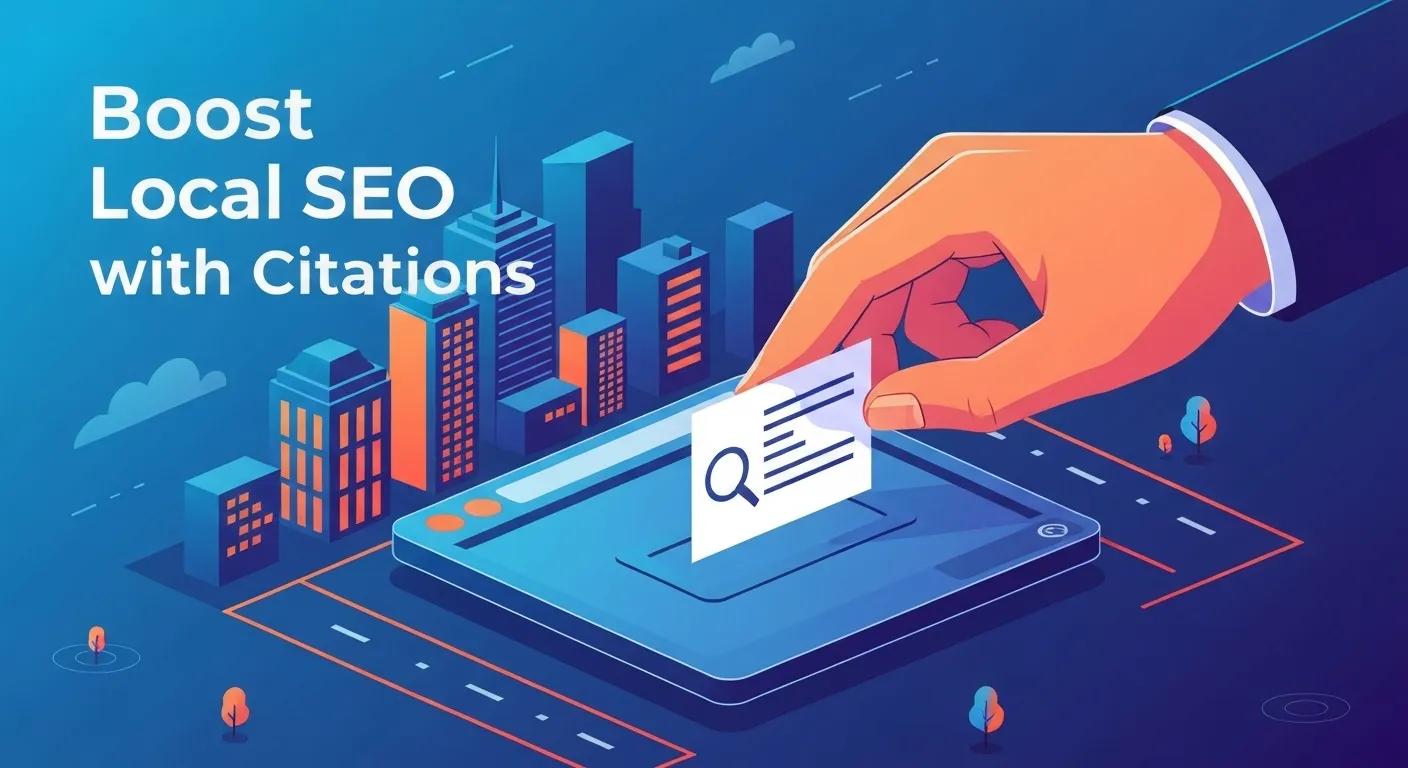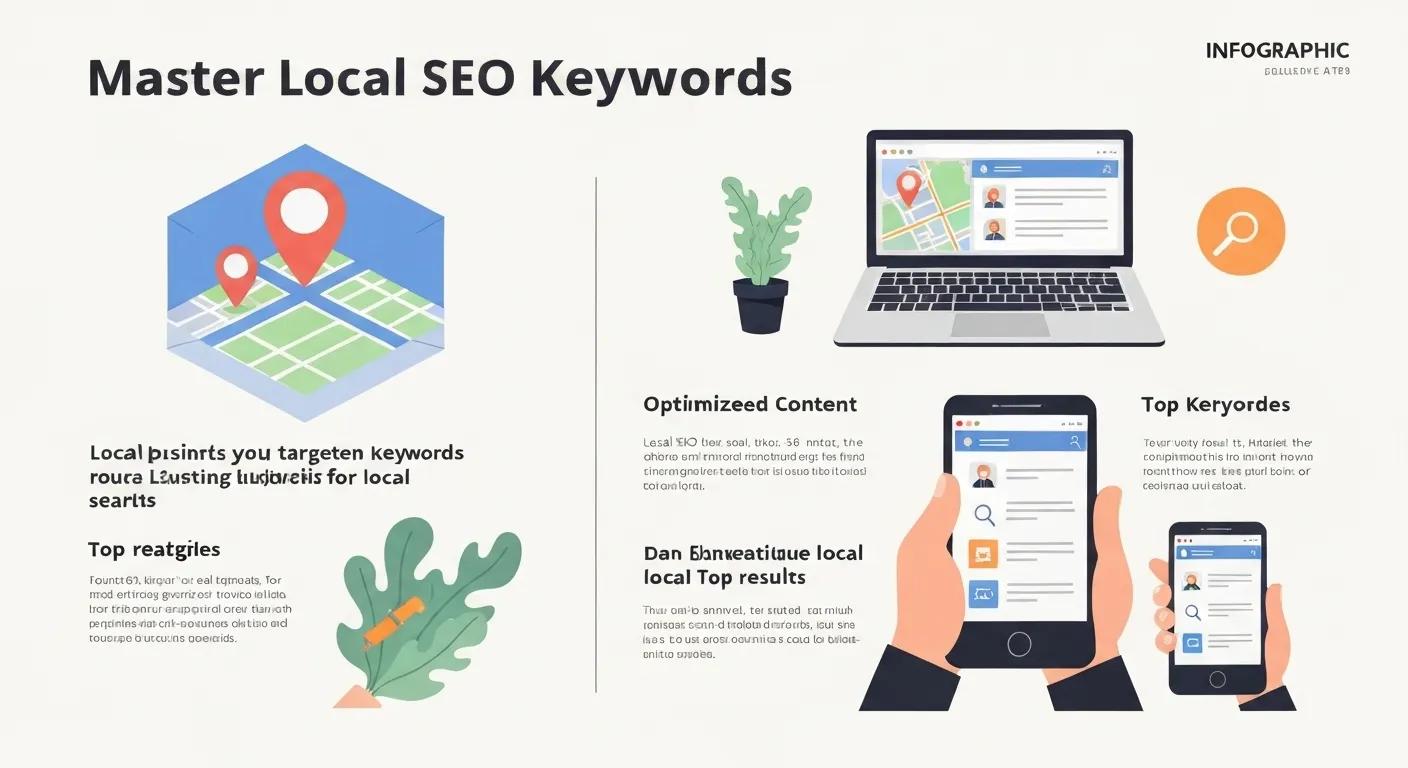Best SEO Strategies Businesses Must Implement Now
In today’s highly competitive digital landscape, businesses cannot afford to overlook the critical role that search engine optimization (SEO) plays in driving online visibility and growth. Effective SEO strategies not only enhance a company’s presence on search engine results pages (SERPs) but also improve user experience, elevate brand reputation, and ultimately generate a higher return on investment. DockSyde Creative, a forward-thinking digital marketing agency based in Traverse City, Michigan, specializes in innovative, customized SEO solutions designed to meet the distinct needs of small to medium-sized businesses. Their focus on technical excellence and creative strategy helps businesses navigate complex algorithms and rapidly evolving consumer behaviors.
This comprehensive article outlines the most effective SEO techniques that businesses need to dominate local markets and build a sustainable online presence. Covering technical SEO, on-page optimization, link building, local SEO, core web vitals, AI-driven trends, keyword research, and metadata optimization, this guide provides actionable strategies supported by industry best practices. Each section breaks down key tactics designed to improve website performance, content quality, and search engine rankings.
Transitioning to the core strategies, the article details both foundational and modern approaches to SEO. By combining technical rigor with creative content marketing, businesses can not only attract more visitors but also convert them into loyal customers.
What Are the Most Effective SEO Techniques Businesses Should Use Today?
Modern SEO blends on-page optimization, technical improvements, and strategic outreach to boost a website’s authority. The foundation is technical SEO, which encompasses optimizing site architecture, enhancing crawlability, managing indexation, and maintaining solid metadata structures. These elements help search engines interpret content correctly and ensure that websites rank higher for relevant queries.
How Does Technical SEO Improve Website Performance and Rankings?
Technical SEO directly impacts a website by ensuring fast load times and a seamless browsing experience. Proper URL structures, XML sitemaps, and optimized robots.txt files speed indexing and help search engines understand content hierarchy. Additionally, measures like secured HTTPS protocols, optimized site speed, and mobile responsiveness lead to lower bounce rates and improved rankings. Implementing structured data and canonical tags also prevents duplicate content issues, ensuring the right pages are prioritized by search engines.
What Are the Best on-Page SEO Practices for Content Optimization?
On-page SEO focuses on aligning content with user intent and search engine algorithms. This involves: – Comprehensive keyword research and strategic placement of target keywords. – Crafting compelling title tags and concise meta descriptions. – Optimizing images with alt tags and fast-loading formats. – Using multimedia elements and interlinking related articles for enhanced readability and engagement.
Well-optimized content not only satisfies algorithms but also drives higher engagement by addressing user queries and guiding visitors with clear call-to-actions.
Which Link Building Strategies Deliver the Highest Authority and Traffic?
Link building is crucial for establishing credibility and driving organic traffic. High-quality backlinks from reputable sites act as endorsements. Effective strategies include: – Guest blogging on authoritative websites. – Broken link building, where dead links are replaced with your relevant content. – Influencer outreach and campaigns promoting infographics or resource articles.
These tactics collectively enhance domain authority, resulting in improved SERP placements and increased referral traffic.
Unlock Powerful SEO Strategies for Business Growth
Website speed and mobile-friendliness are key ranking factors that directly influence user satisfaction. Google’s mobile-first indexing and core web vitals metrics underscore the importance of these elements in a robust SEO strategy.
What Steps Improve Website Speed for Better User Experience?
To improve website speed, businesses should conduct a technical audit to identify bottlenecks. Key actions include: – Optimizing image sizes and leveraging browser caching. – Minimizing heavy scripts and using compressed web formats. – Employing content delivery networks (CDNs) to reduce latency, especially for international visitors. – Upgrading hosting solutions to better manage server response times.
Studies indicate even a one-second delay can reduce conversions by approximately 7%, making continuous speed monitoring via tools like Google PageSpeed Insights essential.
How to Ensure Mobile-Friendliness for Google’s Mobile-First Indexing?
A mobile-friendly website is mandatory as more traffic comes from mobile devices. Essential tactics include: – Responsive design that automatically adjusts content to fit various screen sizes. – Simplified navigation and fewer on-page elements for better mobile usability. – Optimization using AMP (Accelerated Mobile Pages) frameworks where applicable. – Regular testing with Google’s Mobile-Friendly Test to ensure optimal performance.
These optimizations not only enhance engagement but also significantly boost search rankings under Google’s mobile-first policy.
What Are the Best Local SEO Strategies to Boost Local Business Visibility?
Local SEO is vital for businesses targeting customers within specific geographic areas. By optimizing for local queries, companies can attract highly relevant traffic and quality leads. Key local SEO strategies include: – Claiming and optimizing local business listings. – Generating and managing online reviews. – Ensuring consistency of business information across digital directories.
How to Optimize Google My Business for Maximum Local Impact?
Optimizing Google My Business (GMB) involves: – Claiming the listing and verifying that all details (name, address, phone, hours) are correct. – Adding high-quality photos and engaging descriptions with target keywords. – Frequently updating the listing with posts and special offers. – Actively responding to customer reviews to build trust and reputation.
Optimally managed GMB profiles can double engagement and improve foot traffic significantly.
Why Are Local Citations and Reviews Crucial for Local Rankings?
Local citations—references to a business’s NAP (name, address, phone)—in authoritative directories like Yelp or TripAdvisor boost local search ranking consistency. Positive reviews also serve as trust signals; businesses with many high ratings typically enjoy higher click-through rates on local searches. Effective reputation management through review encouragement and prompt responses creates a virtuous cycle that enhances visibility and drives customer acquisition.
How to Conduct Local Keyword Research for Targeted Traffic?
Local keyword research involves: – Using tools like Google Keyword Planner, Moz, or SEMrush to identify location-specific search terms. – Integrating local phrases (e.g., “bakery in [City Name]”) into content. – Analyzing competitor keywords and seasonal search trends for data-driven targeting.
This focused approach aligns marketing content with the specific needs of nearby consumers, improving conversion rates.
What Are the Latest SEO Trends in 2023 That Businesses Must Follow?
Staying updated with SEO trends is vital as digital strategies evolve. In 2023, important trends include AI-driven content creation, an increased focus on user engagement metrics, and the integration of core web vitals.
How Is AI-Driven SEO Changing Keyword Research and Content Creation?
Artificial intelligence streamlines keyword analysis and content optimization by: – Analyzing large datasets to identify emerging keyword trends and user intent. – Generating content topics and monitoring algorithm changes. – Producing draft content that experts can refine to ensure readability and relevance.
AI tools help maintain a competitive edge by aligning content with current user behavior and anticipating future search engine requirements.
Why Are Core Web Vitals Essential for Search Rankings?
Core Web Vitals—metrics like Largest Contentful Paint (LCP), First Input Delay (FID), and Cumulative Layout Shift (CLS)—measure user experience aspects such as load time and stability. Improvements in these areas reduce bounce rates while boosting engagement and conversions. Google rewards websites that exhibit technical excellence and a commitment to user satisfaction with higher search rankings.
How to Optimize for Voice Search to Capture Growing User Queries?
Voice search requires adjustments in content strategy: – Use conversational language and FAQ-style content that mimics natural speech. – Incorporate long-tail keywords tailored for voice queries. – Implement schema markup to help voice-enabled devices better understand content context.
Optimizing for voice search enhances visibility among users who prefer verbal queries over traditional text searches.
How to Conduct Keyword Research and Targeting for Maximum SEO Impact?
Effective keyword research is a cornerstone of SEO. It involves identifying high-value terms that drive targeted traffic by understanding consumer behavior, search intent, and competitive dynamics.
What Tools and Techniques Help Identify High-Value Keywords?
Tools such as Google Keyword Planner, Ahrefs, SEMrush, and Moz provide insights into search volumes, competition, and traffic potential. Techniques to boost keyword research include: – Competitor analysis to uncover gaps and opportunities. – Focusing on long-tail keywords that indicate strong user intent. – Using tools like Answer the Public to gather common search questions. – Integrating local variations and semantic clusters to ensure comprehensive keyword coverage.
How to Align Keywords With User Intent and Content Strategy?
Aligning keywords with user intent means: – Categorizing terms based on whether a query is informational, transactional, or navigational. – Tailoring content to match specific search intents—for example, detailed guides for informational queries and concise pages for transactional ones. – Incorporating keywords in meta tags, headers, and body text to strengthen page relevancy. – Regularly auditing and adjusting content strategies based on web analytics to remain responsive to evolving trends.
What Are the Most Effective Link Building Strategies for Sustainable SEO Growth?
Link building remains essential for sustainable SEO success. High-quality backlinks are akin to votes of confidence that boost a site’s credibility. Strategic link building involves a combination of techniques that yield long-term benefits for organic traffic and search rankings.
How Does Guest Blogging Build Quality Backlinks?
Guest blogging allows businesses to: – Create valuable content for reputable sites. – Gain exposure to established audiences. – Secure quality backlinks that enhance domain authority. Guest posts that include insightful data and original commentary are more likely to be shared and referenced, fueling continued backlink growth.
What Is Broken Link Building and How Can It Be Implemented?
Broken link building involves: – Identifying dead links on authoritative websites using specialized tools. – Reaching out to webmasters with suggestions to replace broken links with your current content. This mutually beneficial approach strengthens your backlink profile while helping webmasters maintain site quality.
How to Use Outreach and Content Promotion to Acquire Backlinks?
Effective outreach includes: – Crafting personalized messages that clearly articulate the value of your content. – Leveraging social media and digital PR to boost content visibility. – Collaborating on co-authored posts or webinars to tap into new audiences. These efforts help acquire quality backlinks that further establish your website’s authority.
How to Write Optimized Title Tags and Meta Descriptions That Improve CTR?
Title tags and meta descriptions are critical for improving click-through rates (CTR) on SERPs. They serve as the first impression for potential visitors and must effectively convey relevance and value.
What Are the Best Practices for Crafting SEO-Friendly Title Tags?
Best practices for title tags include: – Keeping them under 60 characters to ensure full visibility on SERPs. – Placing the primary keyword at the beginning. – Using concise, action-oriented language that compels clicks. Regular A/B testing and CTR monitoring can provide insights to refine title tags for better performance.
How to Write Meta Descriptions That Drive Clicks and Engagement?
Effective meta descriptions: – Provide a concise preview of the page’s content. – Include a clear call-to-action and target keywords. – Stay within 160 characters to avoid truncation. Testing multiple variations can help determine which descriptions resonate best with users, ultimately driving higher quality traffic.
Table of SEO Strategies Overview
| Strategy | Key Focus | Primary Benefit | Supporting Data/Example |
|---|---|---|---|
| Technical SEO | Site architecture & speed | Improved crawlability and rankings | Better LCP and reduced bounce rates |
| On-Page SEO | Content optimization | Enhanced relevance and user engagement | 30% increased CTR with optimized meta tags |
| High-Quality Link Building | Backlink acquisition | Increased domain authority | Guest blogging and broken link building methods |
| Local SEO | Google My Business & citations | Enhanced local visibility | Optimized GMB profiles double call conversions |
| AI-Driven SEO | Automated content creation | More precise keyword targeting | AI tools offer faster research cycles |
| Keyword Research & Targeting | User intent and content alignment | Increased organic traffic | Long-tail keywords boost relevancy significantly |
| Optimized Title Tags & Meta Descriptions | CTR and engagement boost | Higher SERP click-through rates | A/B testing improves CTR by 15%-20% |
This table summarizes the key strategies discussed, reinforcing how each SEO element contributes to better search performance and overall business growth.

Frequently Asked Questions
Q: How does technical SEO directly impact user engagement? A: By improving site speed, mobile responsiveness, and crawlability, technical SEO reduces bounce rates and keeps users engaged. A faster, well-organized website encourages extended visits and deeper interaction with content.
Q: Why is local SEO essential for small businesses? A: Local SEO targets geographically specific searches, helping small businesses connect with nearby consumers. Optimized Google My Business profiles, consistent local citations, and positive reviews lead to higher conversions and stronger community presence.
Q: What role do AI tools play in modern SEO strategies? A: AI tools help streamline keyword research, content creation, and performance monitoring by quickly analyzing vast datasets. They enable businesses to stay ahead of trends and optimize content with greater precision.
Q: How can businesses ensure their link building efforts are sustainable? A: Sustainable link building is achieved through strategies like guest blogging, broken link building, and proactive outreach. Regular monitoring and ethical practices ensure that backlinks remain high quality and beneficial over time.
Q: How do title tags and meta descriptions improve click-through rates on SERPs? A: These elements serve as the first point of contact for users in search results. When crafted with compelling language and targeted keywords, they increase the likelihood of clicks by effectively communicating relevance and value.
Final Thoughts
The strategies in this article provide a strong blueprint for enhancing SEO performance. By focusing on technical optimization, quality content, and robust link-building tactics, companies can create a resilient online foundation that attracts and converts high-quality traffic. Implementing local SEO techniques, embracing AI-driven trends, and fine-tuning metadata are practical steps toward long-term digital success. With a commitment to continuous improvement and data-driven decision-making, businesses can achieve sustainable growth and remain competitive in an ever-evolving digital marketplace.







